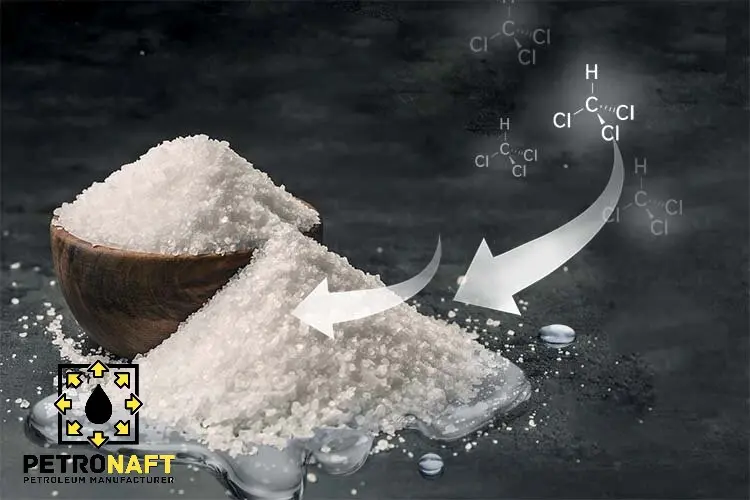Harnessing Calcium Chloride to Combat Indoor Air Pollution
Utilizing Calcium Chloride to combat indoor air pollution is a growing trend in maintaining safe and healthy indoor spaces. This article delves into the chemistry and practical applications of calcium chloride in removing pollutants and promoting eco-friendly, breathable environments.
In a humid climate, salt absorbs water, dissolving some of the salt and causing it to clump. Now, Japanese researchers have revealed that water vapor is not the only agent capable of doing this.
In a study published in RSC Advances, researchers from The University of Tokyo’s Institute of Industrial Science discover that organic vapors can cause the dissolution of molecular salts in a manner similar to that of water vapor.
This discovery may have applications for eliminate indoor pollution. At room temperature, volatile organic compounds (VOCs) are organic substances that exist as vapors. The highest quantities of volatile organic compounds (VOCs) are found indoors, and some are detrimental to human and environmental health. Several methods exist for removing these chemicals, but the phenomena known as organic deliquescence has not yet been studied.
“Deliquescence has been utilized to gather atmospheric water vapor, but to our knowledge, organic vapor-induced deliquescence has not been previously described,” explains Kazuyuki Ishii, the study’s lead author. “We examined this phenomenon using different solid molecular salts that undergo solid-to-liquid transitions in response to organic vapors.”

The process by which a solid change into a liquid is known as deliquescence. This occurs when a solid takes in enough moisture from the surrounding air to allow it to dissolve in an aqueous solution. Under situations of high humidity, it has been discovered that several different chemicals, including calcium chloride (CaCl2), can spontaneously form aqueous solutions. Increasing the ambient humidity alone can cause certain water-soluble substances to undergo deliquescence, often known as a transition from solid to liquid, even in the absence of any additional heat or liquid. CaCl2 has, for example, been utilized in the chemistry industry as a desiccant (i.e., a water-absorbent substance used to induce or maintain dryness). Calcium chloride is one of the materials that is classified in the category of drilling products and has many applications in that industry. “We employed CaCl2 powder in a normal control experiment, in which it transformed to an aqueous solution through water vapor-induced deliquescence,” adds senior author Kyoko Enomoto. “The observed alterations in molecular salts in the presence of an organic vapor were comparable to the results of the control experiment conducted under identical conditions.”
When organic solvents such as chloroform (CHCl3) were employed, the researchers discovered that the molecular salts transformed from solid to liquid. This phenomenon can be used to eliminate indoor pollution.
Ishii notes, “We discovered that organic deliquescence is not uncommon; rather, adequate organic deliquescent reactions to VOCs may be developed using the general rule ‘like dissolves like.'”
There is an urgent need to eliminate indoor pollution utilizing organic solvents, particularly in high-volume industrial operations. Based on the effectiveness of CaCl2 as a chemical desiccant for collecting atmospheric water vapor, the findings of this work provide a viable strategy for the development of agents to capture VOCs.
Purchasing This Product from Petro Naft
For more detailed information and to purchase the product discussed in this article, please visit the dedicated product page below. Alternatively, use the various communication channels provided on our site to register your purchase inquiry or take advantage of our expert guidance.
From diverse scientific sources, compiled by the research team of PetroNaft Co.

